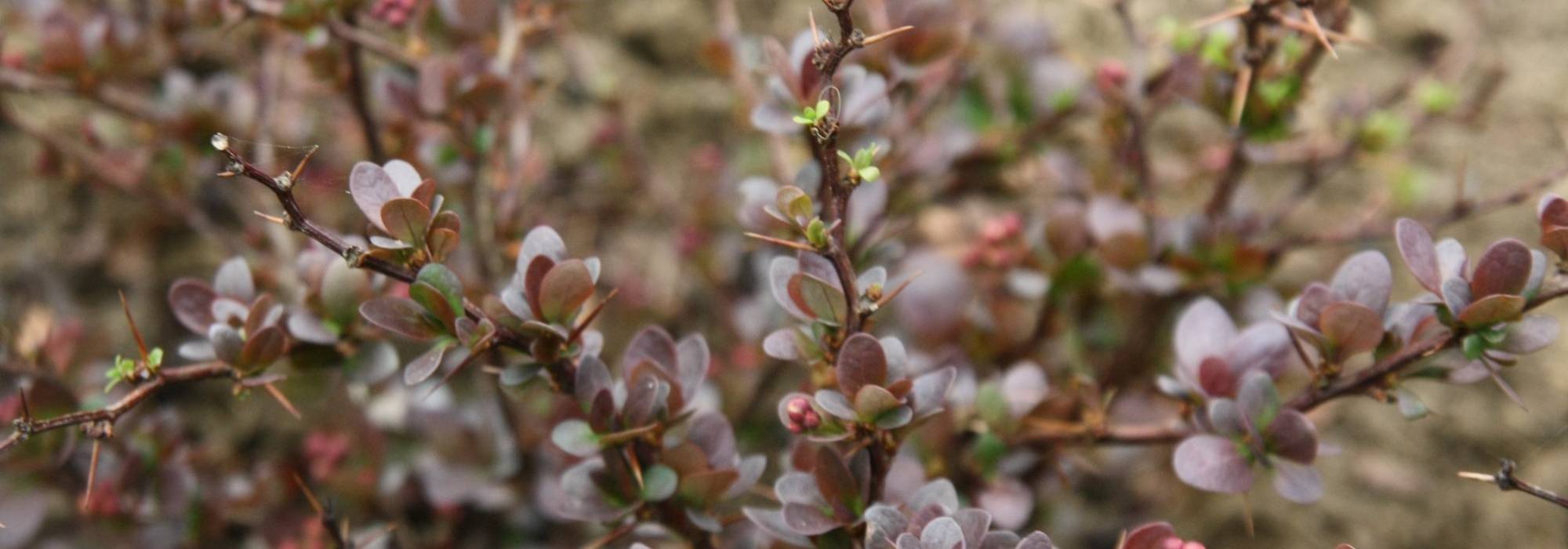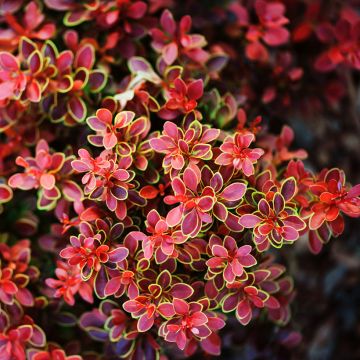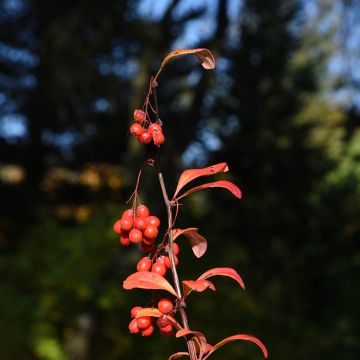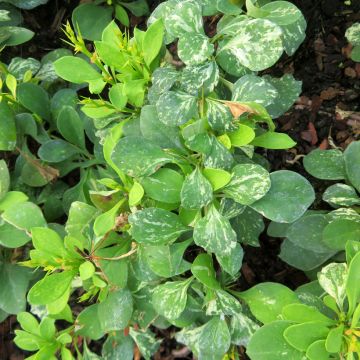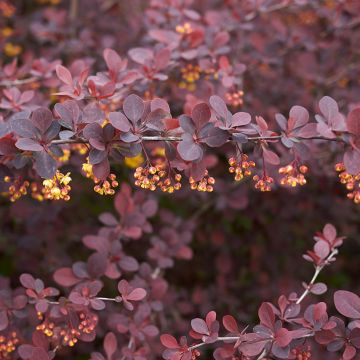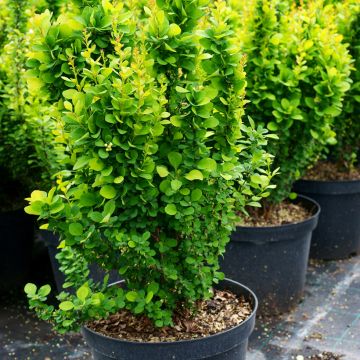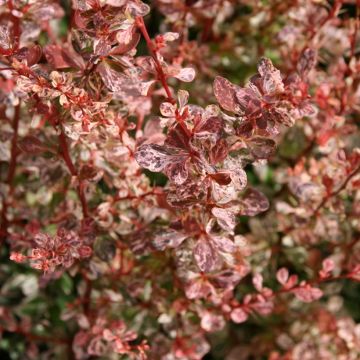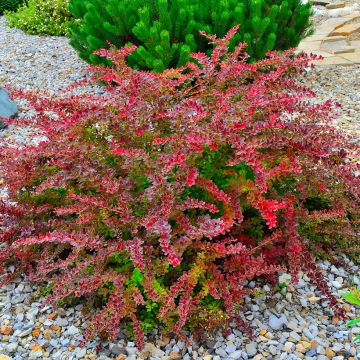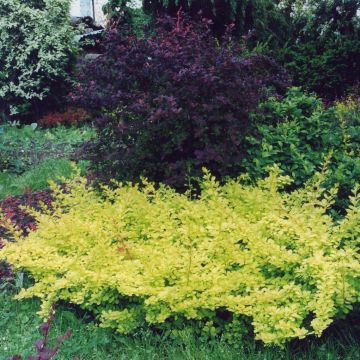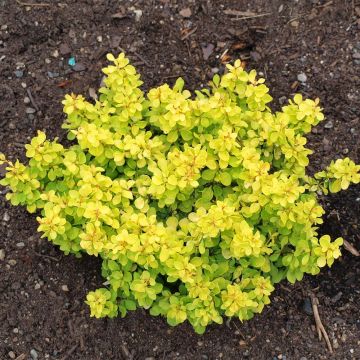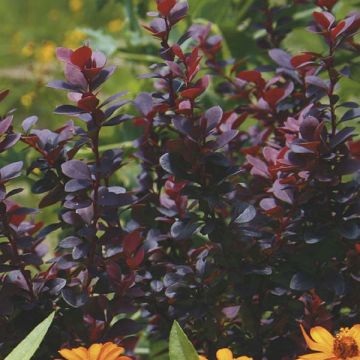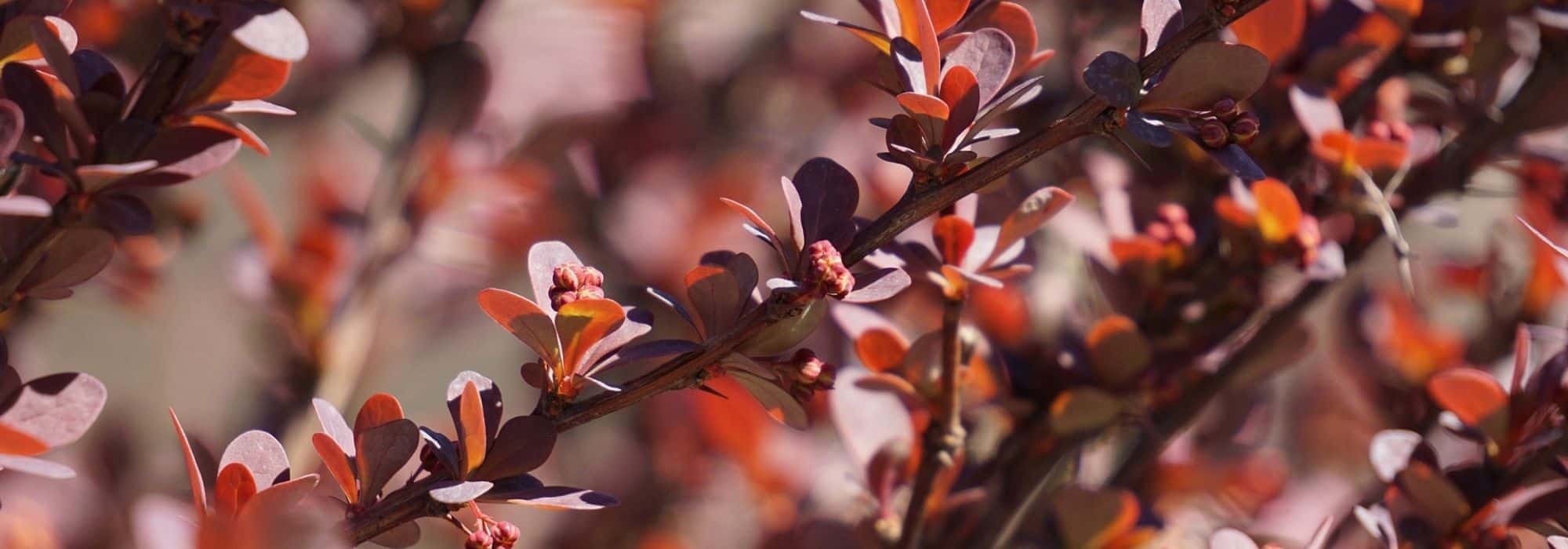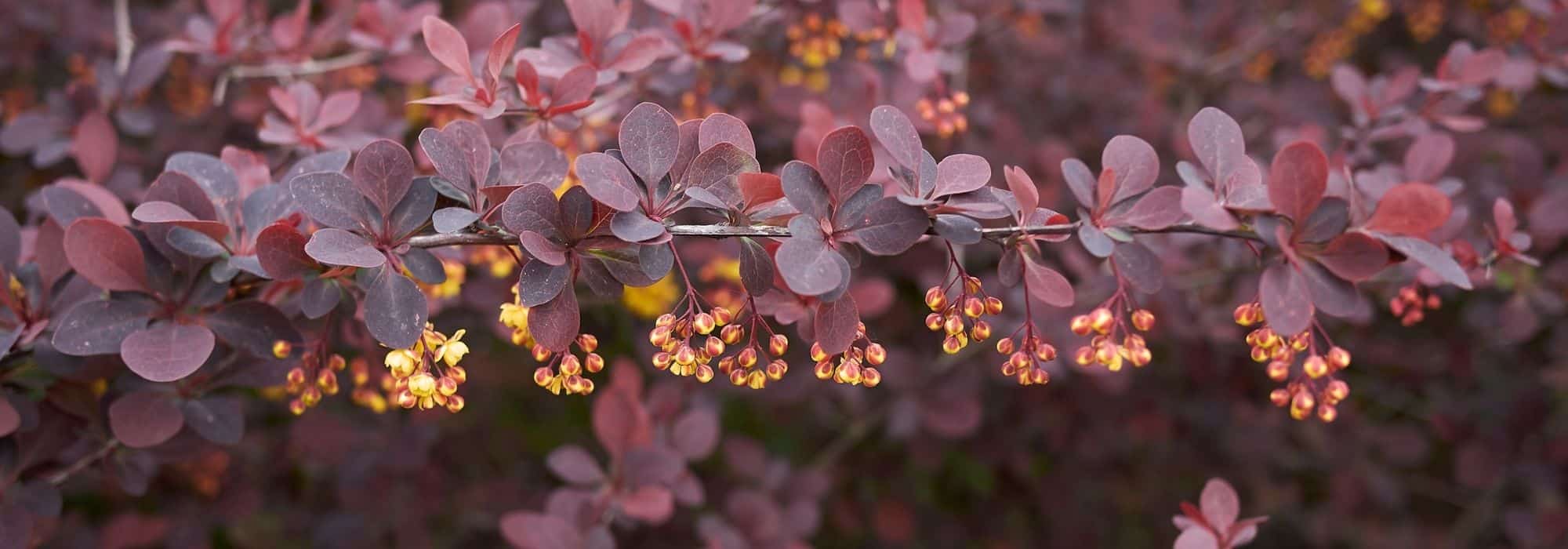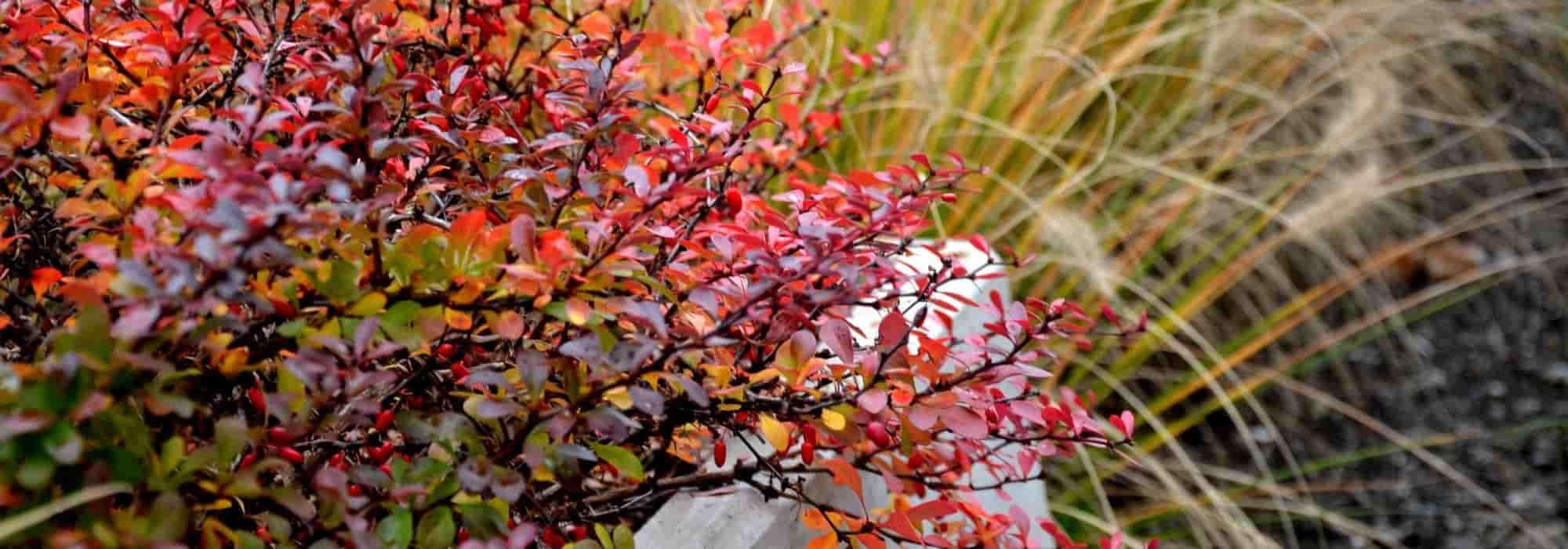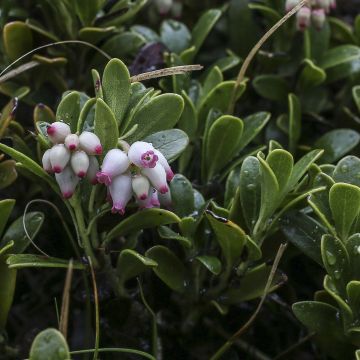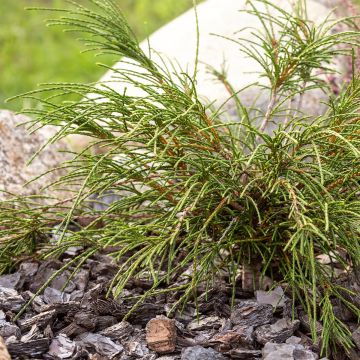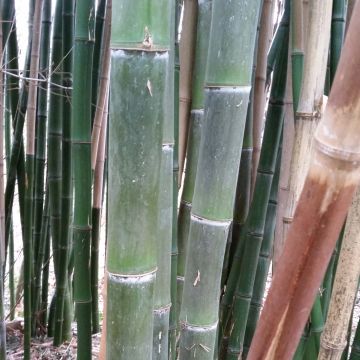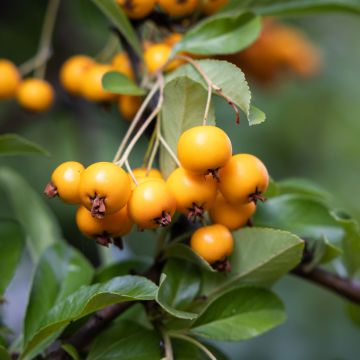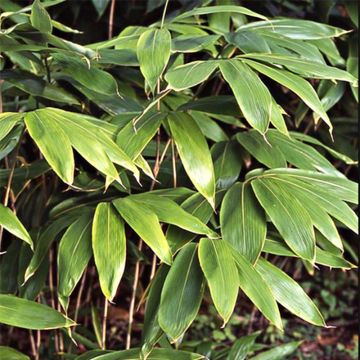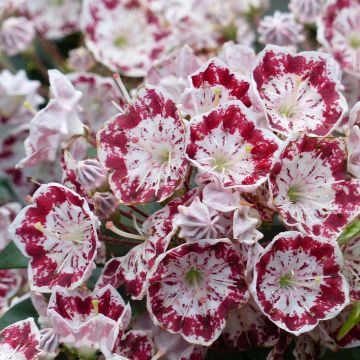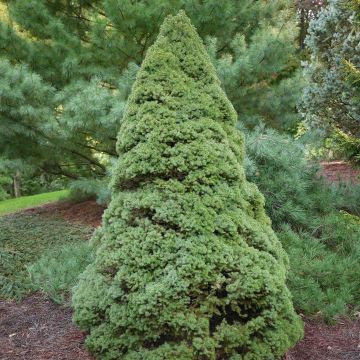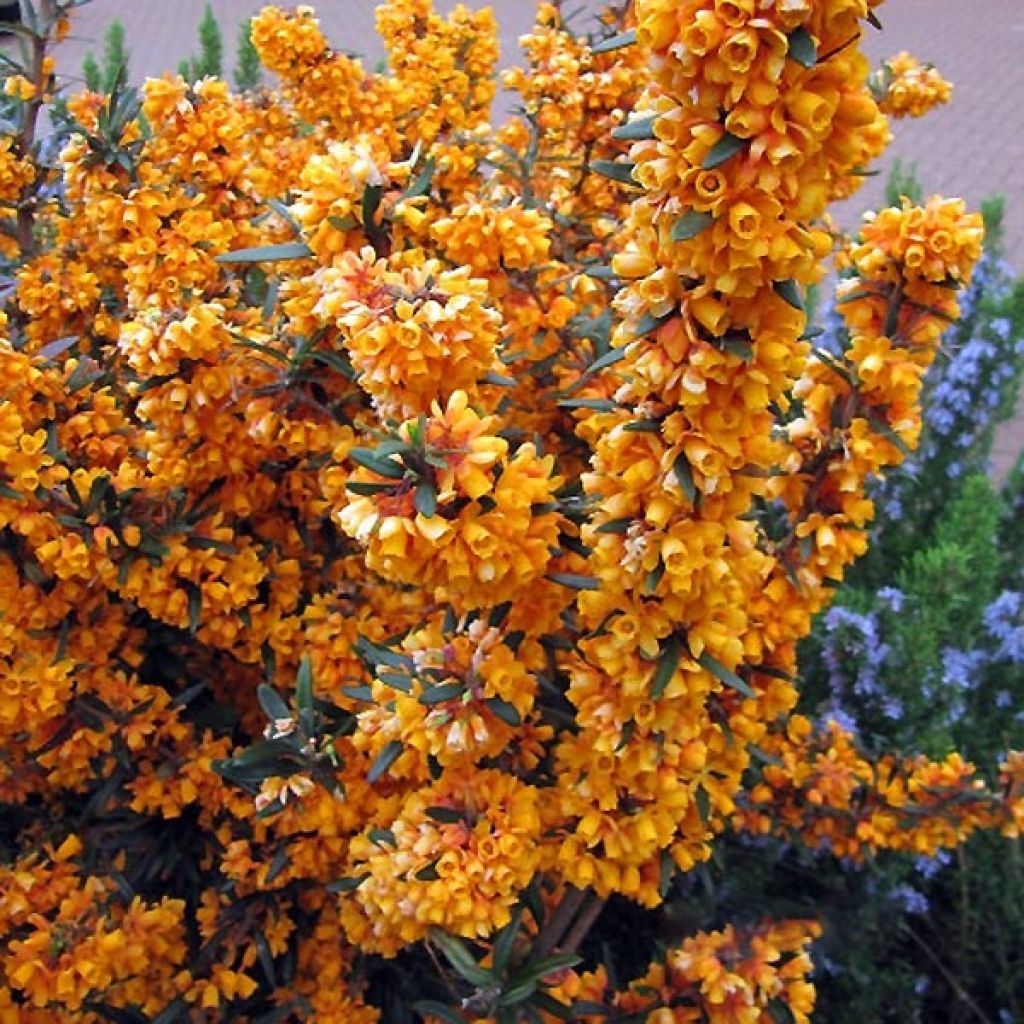

Berberis linearifolia Orange King - Barberry
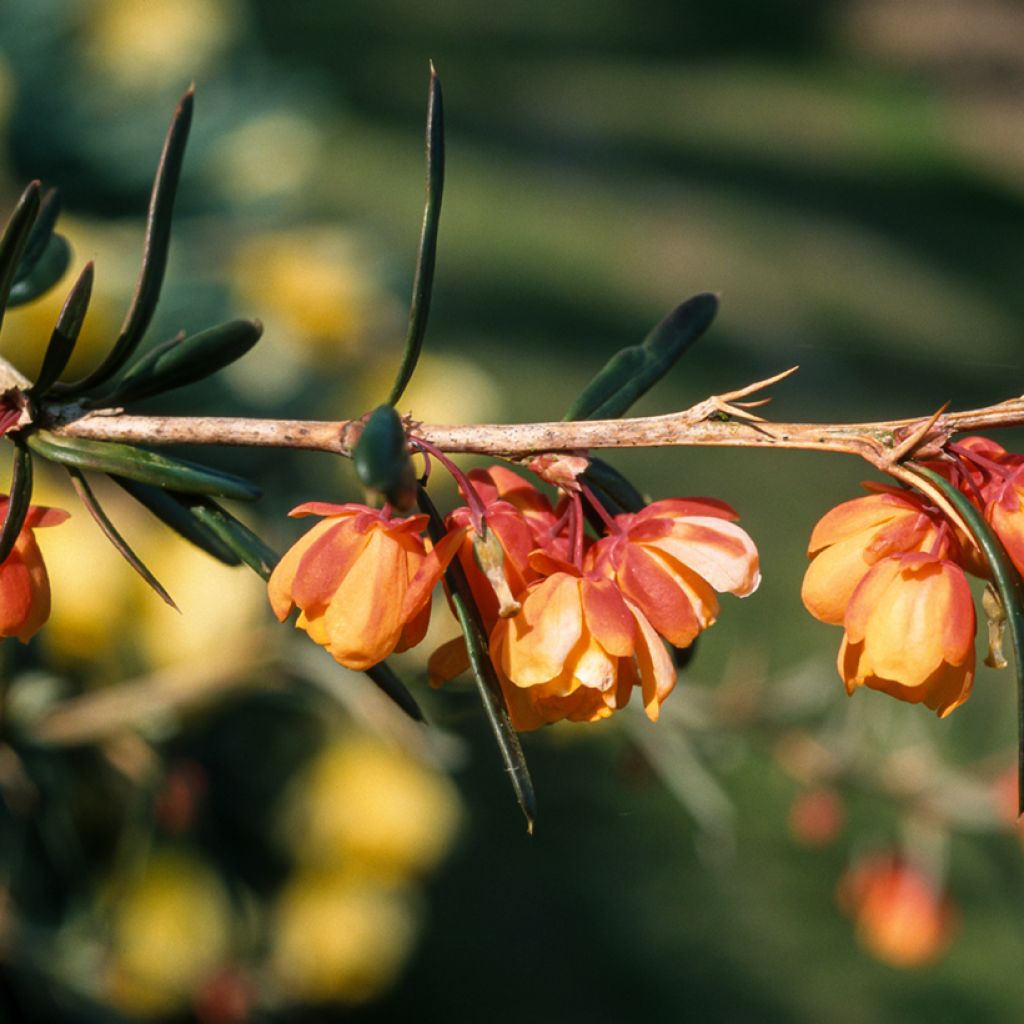

Berberis linearifolia Orange King - Barberry
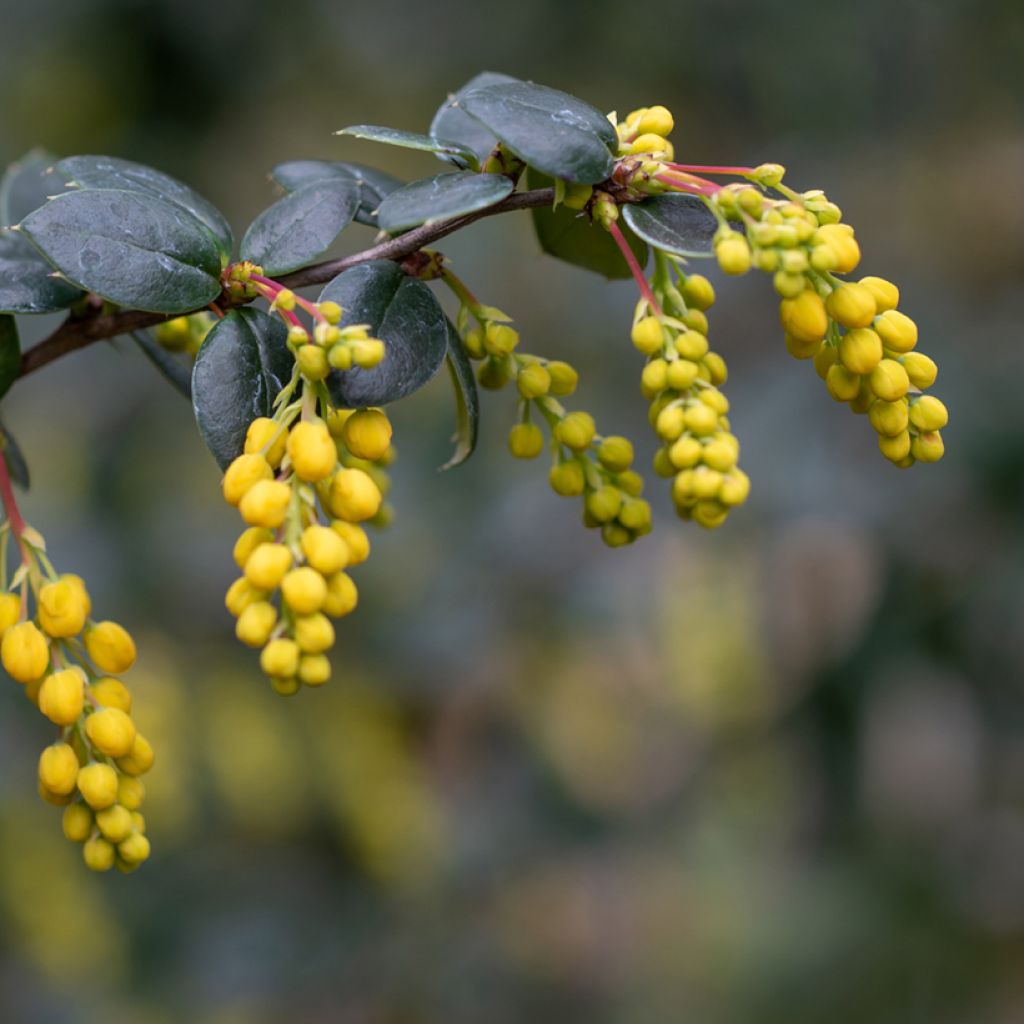

Berberis linearifolia Orange King - Barberry
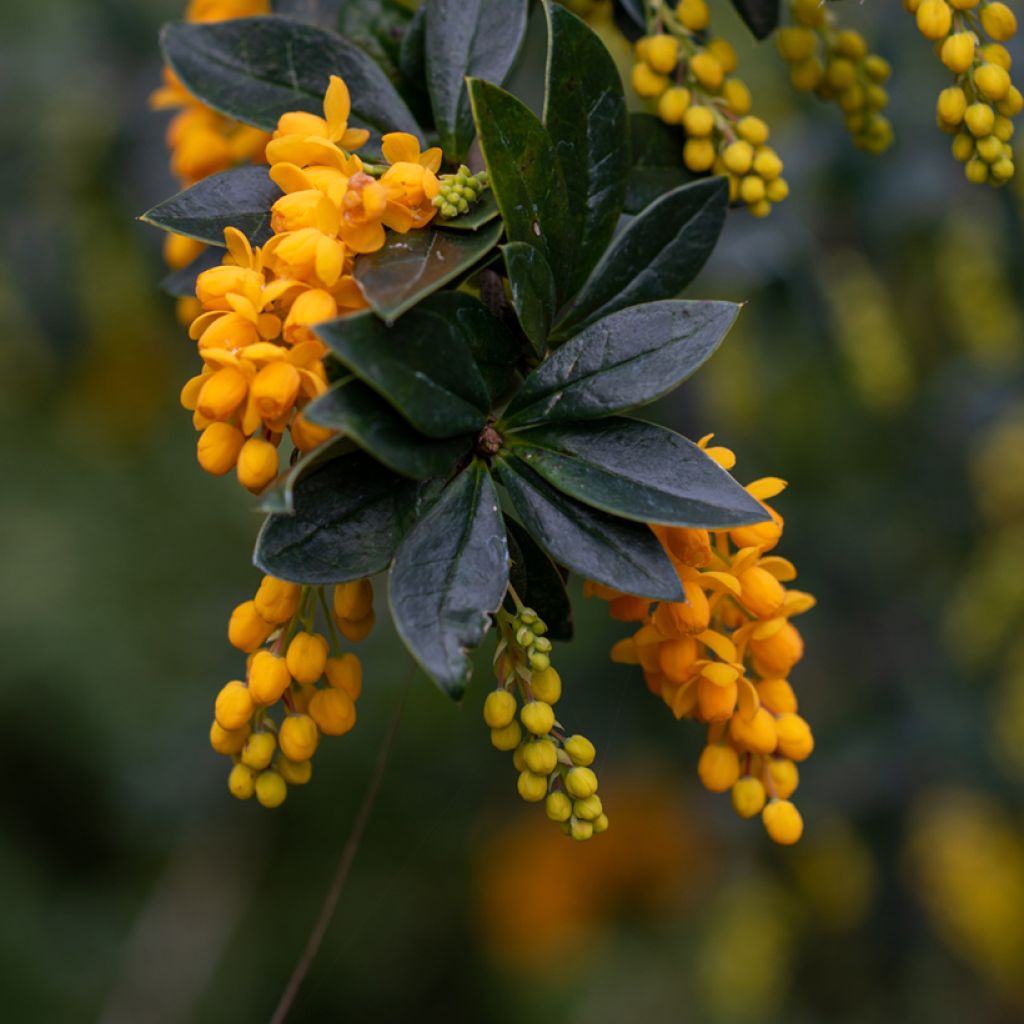

Berberis linearifolia Orange King - Barberry
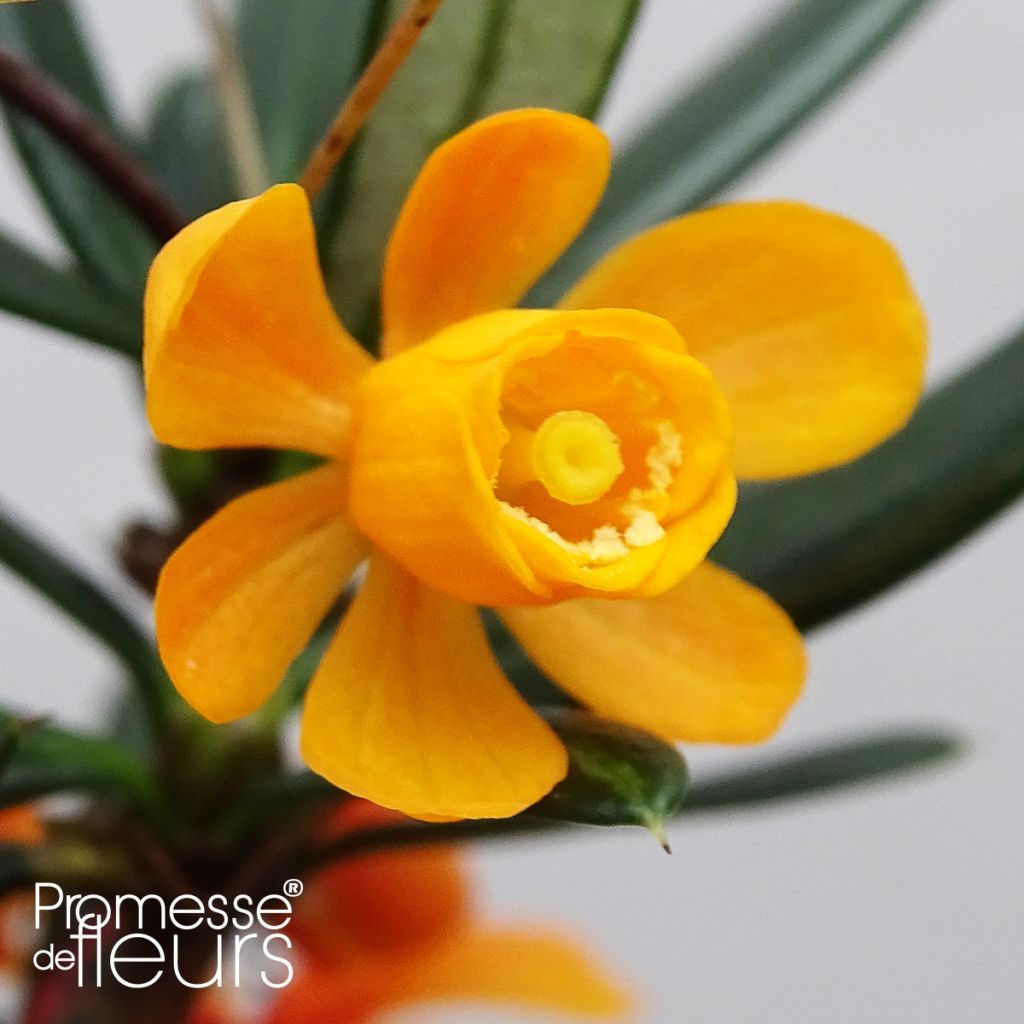

Berberis linearifolia Orange King - Barberry
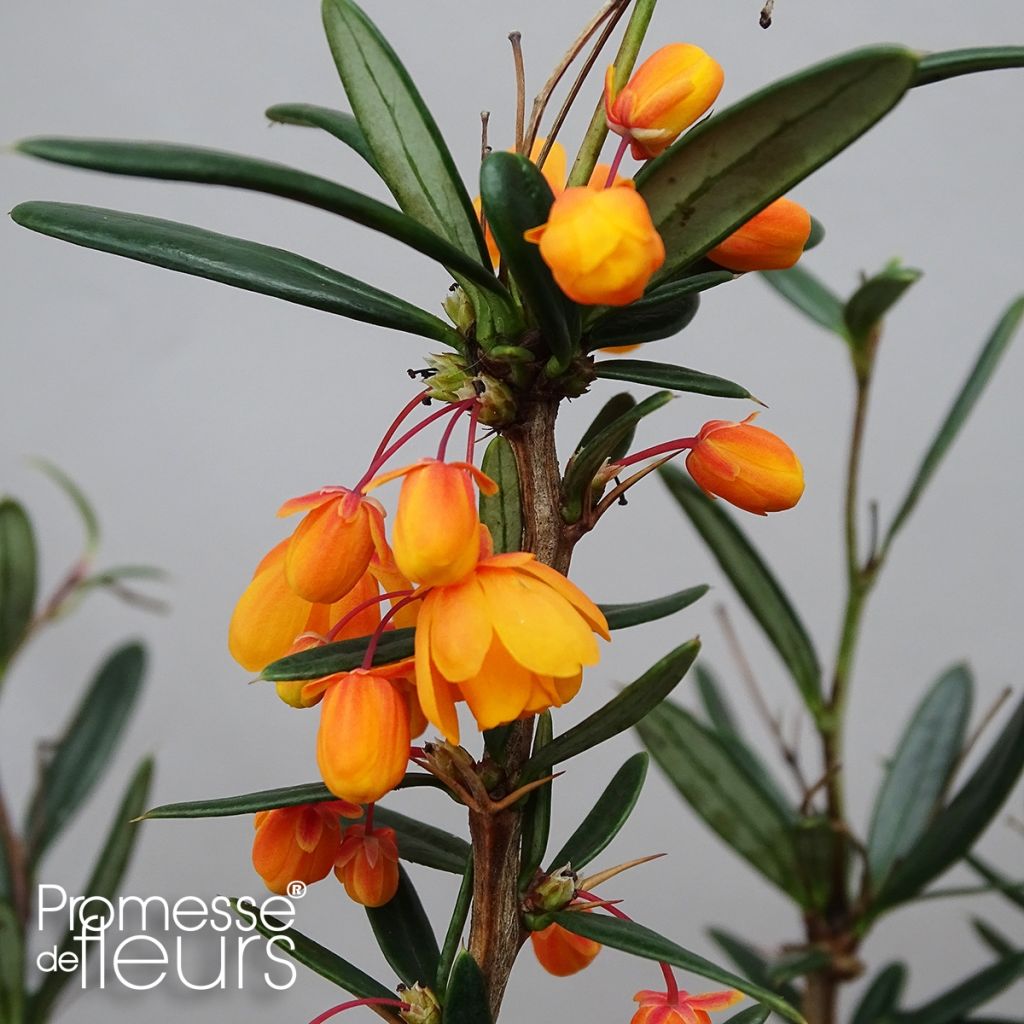

Berberis linearifolia Orange King - Barberry
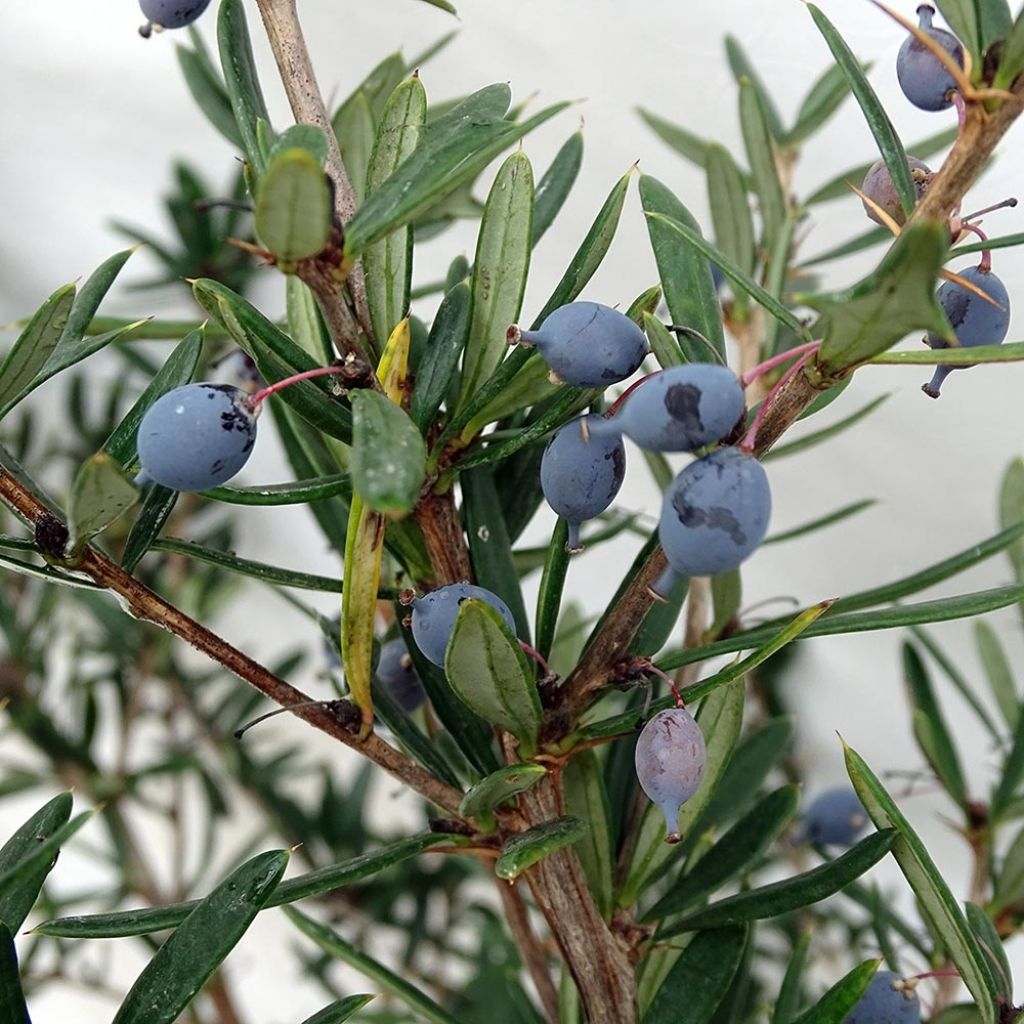

Berberis linearifolia Orange King - Barberry
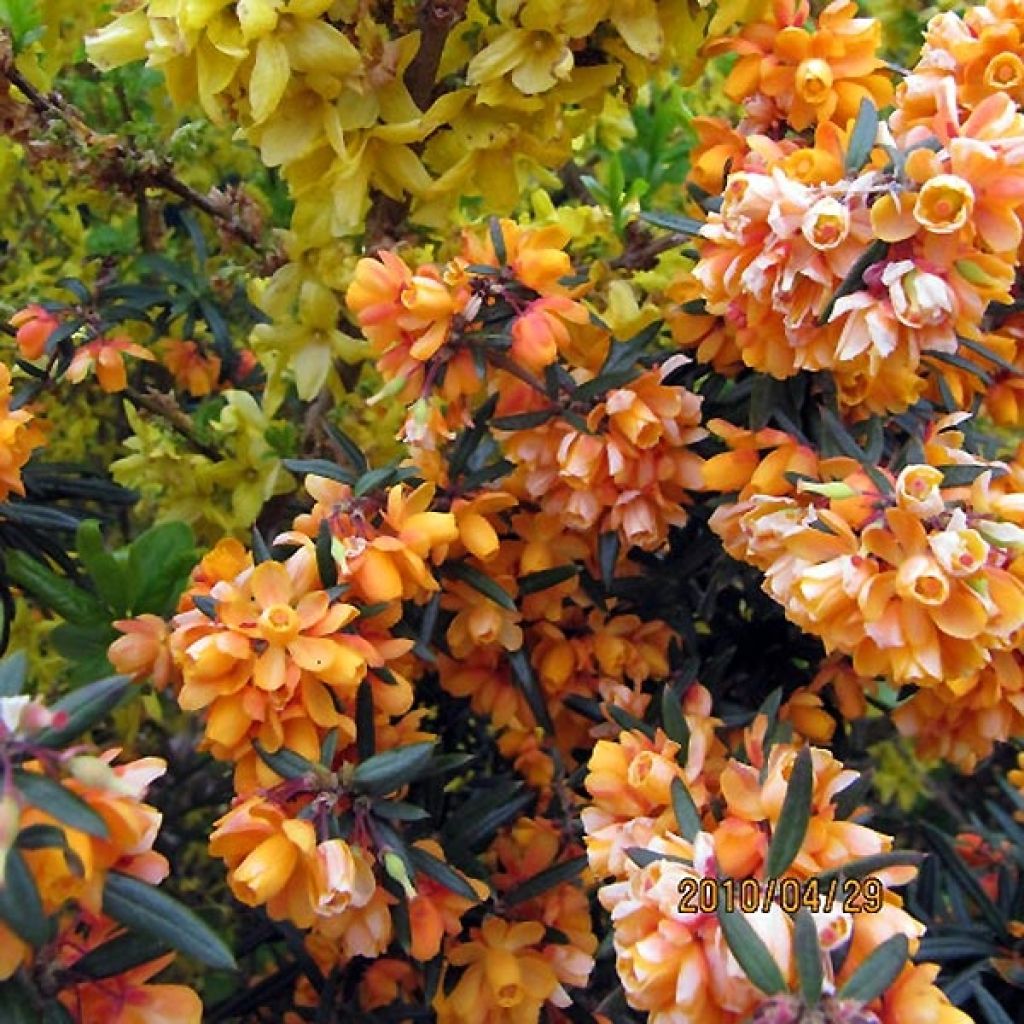

Berberis linearifolia Orange King - Barberry


Berberis linearifolia Orange King - Barberry
View more pictures
Hide images
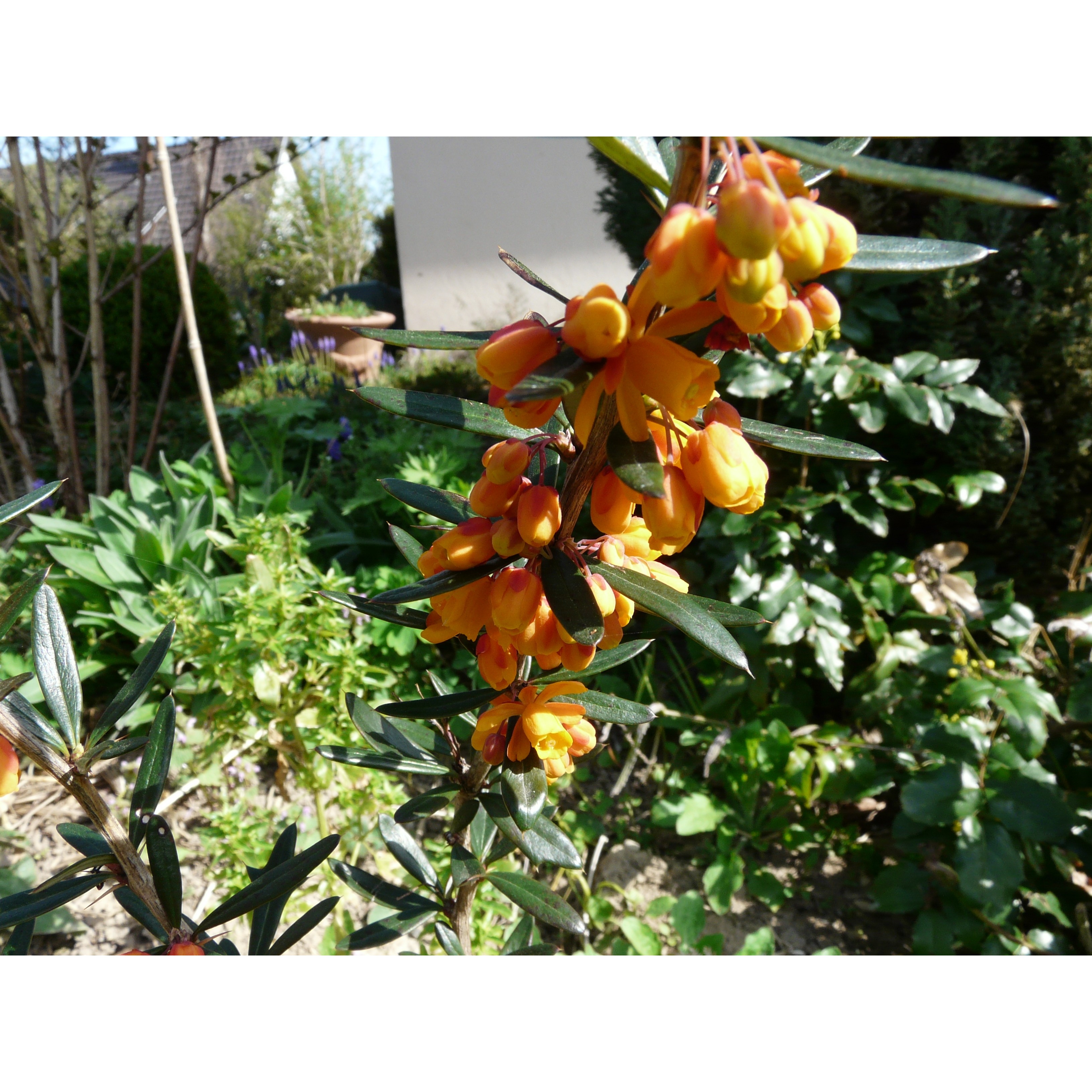
Jean-Claude A.

Berberis linearifolia Orange King
Jean-Claude A. • 67 FR
Berberis linearifolia Orange King - Barberry
Berberis linearifolia Orange King
Barberry
Planted in the autumn, it rewarded me with a magnificent flowering.
Nadine, 24/05/2023
Special offer!
Receive a €20 voucher for any order over €90 (excluding delivery costs, credit notes, and plastic-free options)!
1- Add your favorite plants to your cart.
2- Once you have reached €90, confirm your order (you can even choose the delivery date!).
3- As soon as your order is shipped, you will receive an email containing your voucher code, valid for 3 months (90 days).
Your voucher is unique and can only be used once, for any order with a minimum value of €20, excluding delivery costs.
Can be combined with other current offers, non-divisible and non-refundable.
Home or relay delivery (depending on size and destination)
Schedule delivery date,
and select date in basket
This plant carries a 24 months recovery warranty
More information
We guarantee the quality of our plants for a full growing cycle, and will replace at our expense any plant that fails to recover under normal climatic and planting conditions.

Would this plant suit my garden?
Set up your Plantfit profile →
Description
The Berberis linearifolia Orange King offers one of the most beautiful flowerings that can be found among barberries, and its orange colour, both bright and silky, is very rarely seen in shrubs. It is magnificent in April, its thin foliage almost disappearing under the flowering. It is also sumptuous at the end of the season, covered with small red and shiny berries. This flowering sometimes continues in autumn in a less spectacular way. This spiny, vigorous but compact bush has a nice disorderly habit that will integrate well into a hedge or a flowering shrub bed.
The Berberis linearifolia Orange King, also known as the Narrow-leaf Barberry, is a hybrid and horticultural shrub from the Berberidaceae family. It has the Berberis linearifolia as one of its ancestors, which is native to South America, specifically Chile and Argentina, hardy in zone 7 and with no specific soil requirements. In nature, it is often found in beech forests. In its native regions, it easily hybridizes with Darwin's Barberry.
'Orange King' is an evergreen shrub characterized by a bushy, dense, upright habit, somewhat anarchic due to its branches arching over time. Its growth rate is moderate, reaching an average height of 1.75m (5.74 ft) and a width of 1.20m (3.94 ft). The bark of this shrub is light grey to brown, spiny, and becoming fibrous with age. In April, countless flowers bloom in small umbels of 2 to 4 almost double flowers which are rather large for a barberry. Each flower has up to 21 red-orange petals at blooming, turning bright orange when fully open. This barberry often has a second flowering in autumn. Nectar-rich and attractive to bees, this flowering is followed by the formation of small fleshy ovoid fruits that turn dark red and shiny when ripe. The evergreen foliage is composed of long, narrow, leathery leaves with slightly curled edges at the base, measuring 2 to 5.4cm (0.8 - 2.1in) in length, ending with a spine. They are a very shiny dark green.
The Narrow-leaved Barberry can be used in flower beds, in groups of 3, in a defensive hedge, in a free-form hedge, or in pots on a terrace. Very accommodating regarding soil, as is often the case with Berberis species, it tolerates all types of soil and exposures and can withstand temperatures as low as -15°C (5°F). Its beautiful and rare orange flowering, as well as its beautiful foliage and red fruits, make it an interesting shrub all year round. It can be planted in front of taller shrubs with blue flowers, such as ceanothus. Its flowering and red berries will blend well with the purple foliage of Berberis thunbergii Atropurpurea, or in mild climates, with that of Acacia baileyana 'Purpurea', a surprising mimosa with feathery purple and silver foliage. This shrub can also be planted in large rockeries to cover slopes or highlight the edge of a pathway.
Berberis linearifolia Orange King - Barberry in pictures
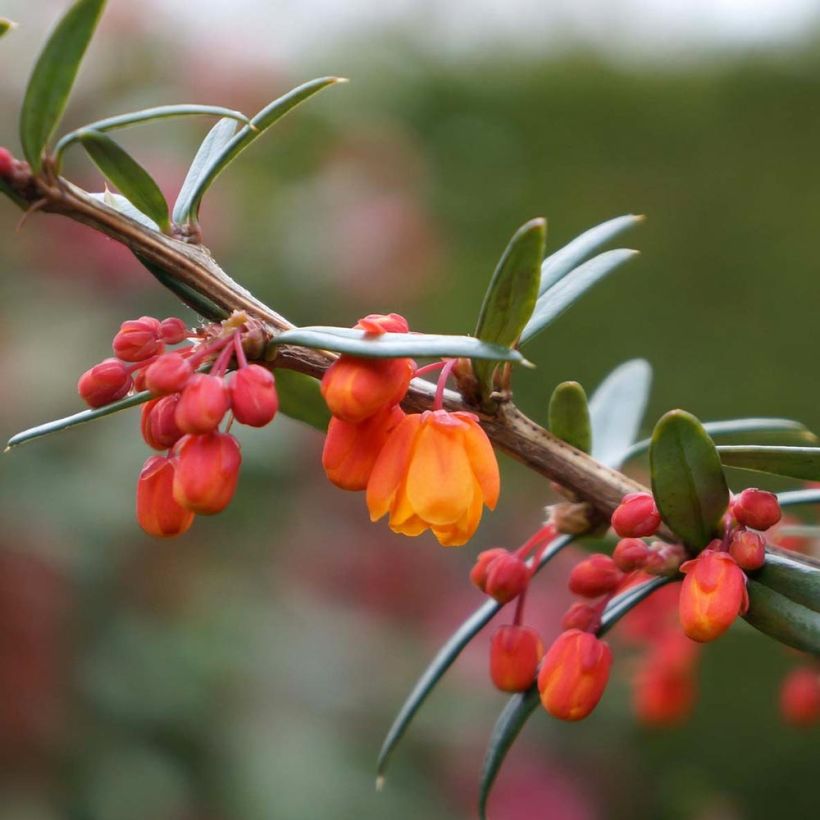

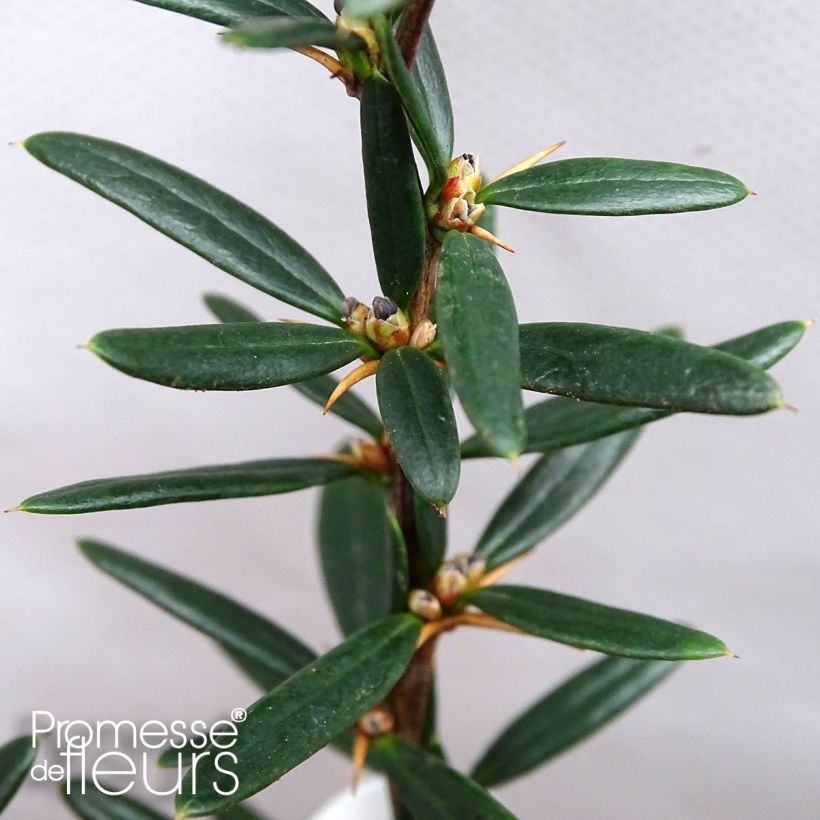

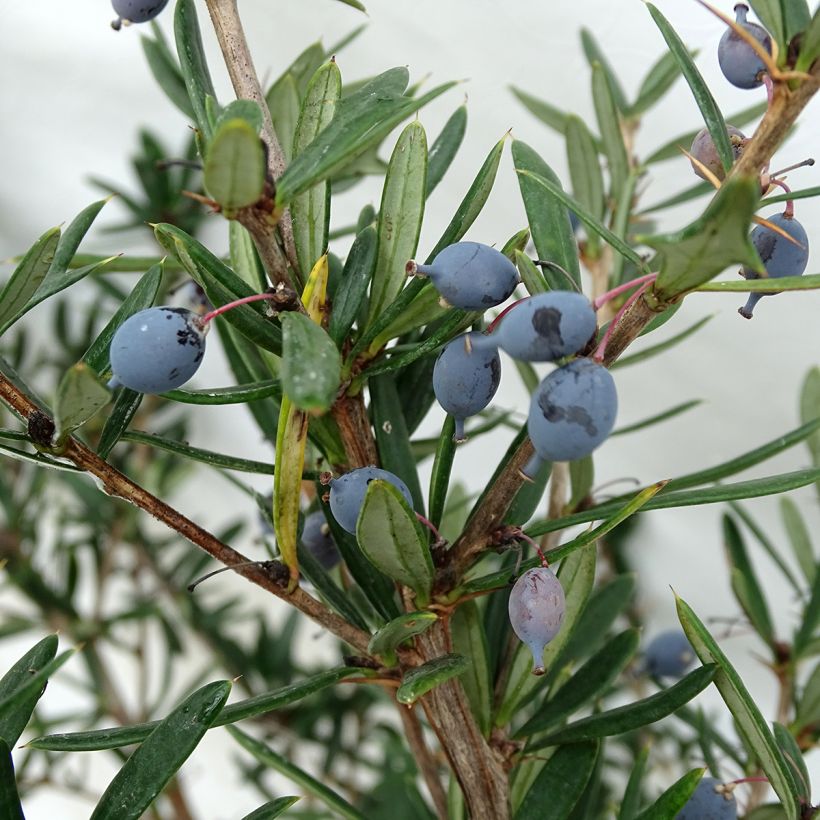

Plant habit
Flowering
Foliage
Botanical data
Berberis
linearifolia
Orange King
Berberidaceae
Barberry
Cultivar or hybrid
Other Berberis - Barberries
View all →Planting and care
The Orange King Bush adapts to any fairly deep soil, even clay and slightly chalky. It dislikes waterlogged or excessively dry and chalky soils. Its preference would be clay-rich soils, slightly acidic. Once established, it withstands summer drought quite well and will do without watering in summer in most regions. Its hardiness is down to -15°C (5°F), after 2 or 3 years of cultivation: you can protect young plants in the first winters with fleece in case of severe frost. It thrives in all exposures, even tolerating shade where it will, however, be slightly less floriferous. The planting hole must be twice the size of the root ball. Space the Berberis about 1m (3.28 ft) apart. Add compost and water well. It is a bush that does not require pruning, but will tolerate light pruning after flowering. Occasionally, it can be cut back in March to prevent it from becoming bare in the centre. This will compromise flowering but will encourage the bush to produce young vigorous branches that will bloom the following spring. Be careful not to touch the branches with bare hands as they have thorns that are difficult to remove once they have entered the skin.
Planting period
Intended location
Care
Planting & care advice
-
, onOrder confirmed
Reply from on Promesse de fleurs
Similar products
Haven't found what you were looking for?
Hardiness is the lowest winter temperature a plant can endure without suffering serious damage or even dying. However, hardiness is affected by location (a sheltered area, such as a patio), protection (winter cover) and soil type (hardiness is improved by well-drained soil).

Photo Sharing Terms & Conditions
In order to encourage gardeners to interact and share their experiences, Promesse de fleurs offers various media enabling content to be uploaded onto its Site - in particular via the ‘Photo sharing’ module.
The User agrees to refrain from:
- Posting any content that is illegal, prejudicial, insulting, racist, inciteful to hatred, revisionist, contrary to public decency, that infringes on privacy or on the privacy rights of third parties, in particular the publicity rights of persons and goods, intellectual property rights, or the right to privacy.
- Submitting content on behalf of a third party;
- Impersonate the identity of a third party and/or publish any personal information about a third party;
In general, the User undertakes to refrain from any unethical behaviour.
All Content (in particular text, comments, files, images, photos, videos, creative works, etc.), which may be subject to property or intellectual property rights, image or other private rights, shall remain the property of the User, subject to the limited rights granted by the terms of the licence granted by Promesse de fleurs as stated below. Users are at liberty to publish or not to publish such Content on the Site, notably via the ‘Photo Sharing’ facility, and accept that this Content shall be made public and freely accessible, notably on the Internet.
Users further acknowledge, undertake to have ,and guarantee that they hold all necessary rights and permissions to publish such material on the Site, in particular with regard to the legislation in force pertaining to any privacy, property, intellectual property, image, or contractual rights, or rights of any other nature. By publishing such Content on the Site, Users acknowledge accepting full liability as publishers of the Content within the meaning of the law, and grant Promesse de fleurs, free of charge, an inclusive, worldwide licence for the said Content for the entire duration of its publication, including all reproduction, representation, up/downloading, displaying, performing, transmission, and storage rights.
Users also grant permission for their name to be linked to the Content and accept that this link may not always be made available.
By engaging in posting material, Users consent to their Content becoming automatically accessible on the Internet, in particular on other sites and/or blogs and/or web pages of the Promesse de fleurs site, including in particular social pages and the Promesse de fleurs catalogue.
Users may secure the removal of entrusted content free of charge by issuing a simple request via our contact form.
The flowering period indicated on our website applies to countries and regions located in USDA zone 8 (France, the United Kingdom, Ireland, the Netherlands, etc.)
It will vary according to where you live:
- In zones 9 to 10 (Italy, Spain, Greece, etc.), flowering will occur about 2 to 4 weeks earlier.
- In zones 6 to 7 (Germany, Poland, Slovenia, and lower mountainous regions), flowering will be delayed by 2 to 3 weeks.
- In zone 5 (Central Europe, Scandinavia), blooming will be delayed by 3 to 5 weeks.
In temperate climates, pruning of spring-flowering shrubs (forsythia, spireas, etc.) should be done just after flowering.
Pruning of summer-flowering shrubs (Indian Lilac, Perovskia, etc.) can be done in winter or spring.
In cold regions as well as with frost-sensitive plants, avoid pruning too early when severe frosts may still occur.
The planting period indicated on our website applies to countries and regions located in USDA zone 8 (France, United Kingdom, Ireland, Netherlands).
It will vary according to where you live:
- In Mediterranean zones (Marseille, Madrid, Milan, etc.), autumn and winter are the best planting periods.
- In continental zones (Strasbourg, Munich, Vienna, etc.), delay planting by 2 to 3 weeks in spring and bring it forward by 2 to 4 weeks in autumn.
- In mountainous regions (the Alps, Pyrenees, Carpathians, etc.), it is best to plant in late spring (May-June) or late summer (August-September).
The harvesting period indicated on our website applies to countries and regions in USDA zone 8 (France, England, Ireland, the Netherlands).
In colder areas (Scandinavia, Poland, Austria...) fruit and vegetable harvests are likely to be delayed by 3-4 weeks.
In warmer areas (Italy, Spain, Greece, etc.), harvesting will probably take place earlier, depending on weather conditions.
The sowing periods indicated on our website apply to countries and regions within USDA Zone 8 (France, UK, Ireland, Netherlands).
In colder areas (Scandinavia, Poland, Austria...), delay any outdoor sowing by 3-4 weeks, or sow under glass.
In warmer climes (Italy, Spain, Greece, etc.), bring outdoor sowing forward by a few weeks.






























